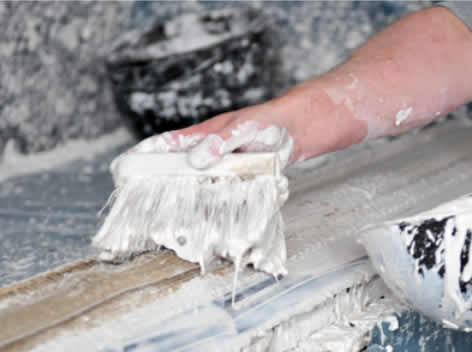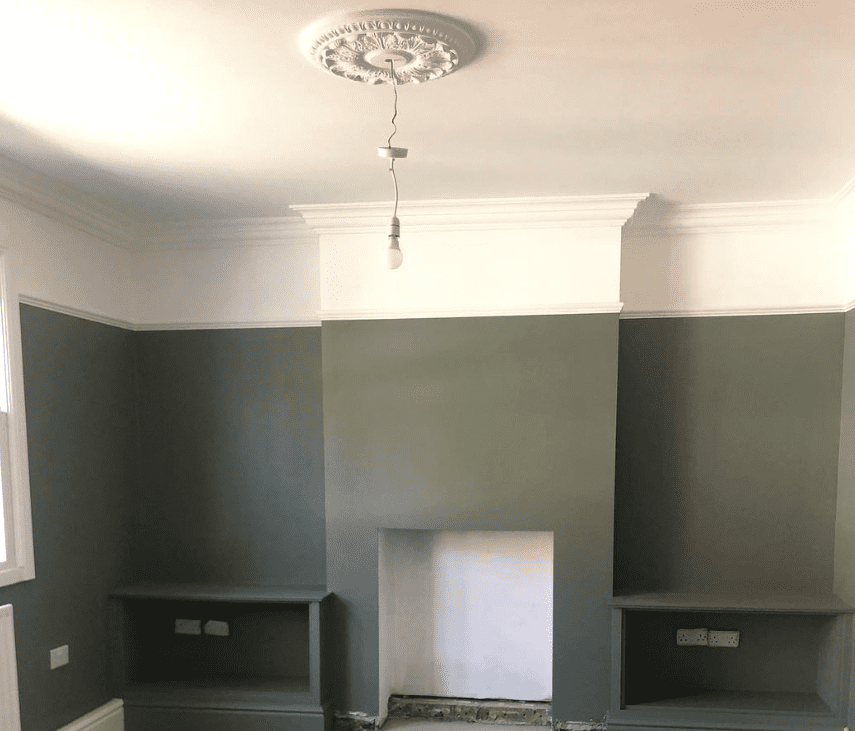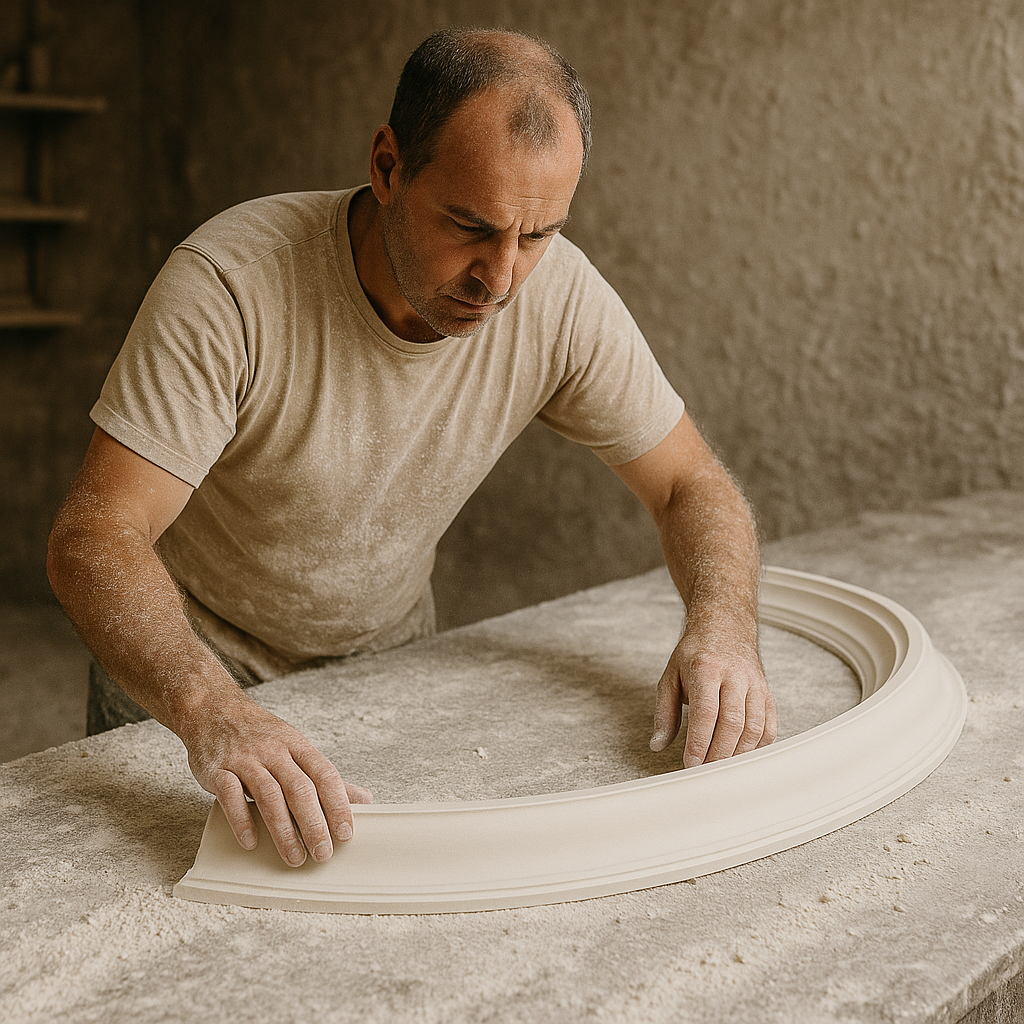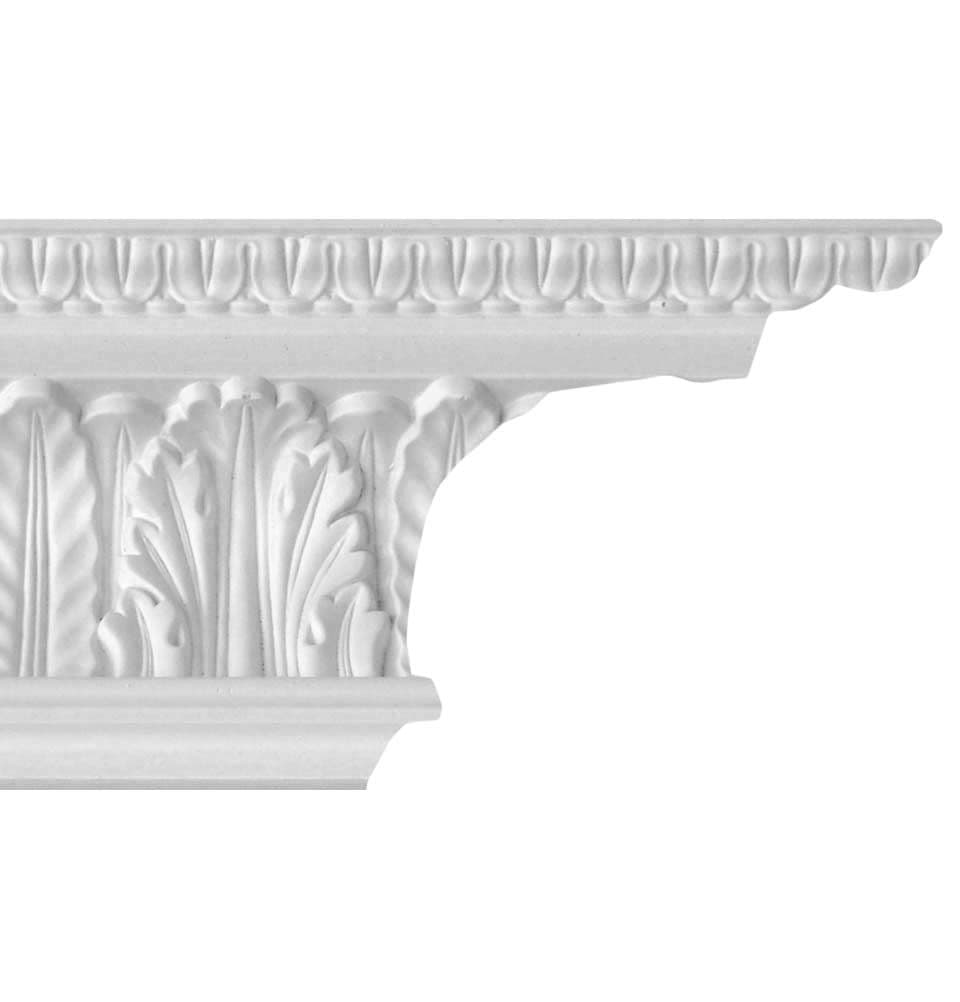Decorative plaster mouldings may appear as refined, finished details in your home, but behind every cornice, ceiling rose, or panel lies a story of craftsmanship, tradition, and enduring materials. At Plaster Coving Ltd, we believe in preserving the artistry of traditional plasterwork — whether it's made here in Britain or imported using time-tested methods. In this article, we’ll take you behind the scenes to explore how these elegant architectural features are created — from workshop to wall.
The Beauty of Traditional Plaster
Unlike modern plastic or polyurethane alternatives, traditional plaster mouldings are made from real gypsum plaster. This natural material offers not only an authentic appearance and crisp detailing, but also excellent fire resistance and durability. When installed and maintained properly, plaster mouldings can last for generations — a testament to their superior quality and heritage value.
Imported Plaster Mouldings: Lightweight, Durable, GRG Strength
Many of our imported mouldings are made using Glass Reinforced Gypsum (GRG) — a combination of gypsum plaster and glass fibre strands that give the moulding added strength while keeping it lightweight. GRG is ideal for precise, repeatable designs and is often used in both residential and commercial settings for its durability and clean finish. This makes imported mouldings easy to handle and install, especially in contemporary builds or renovations where speed and consistency are important.
British-Made Plaster Mouldings: A Heritage Craft
Our British-made plaster coving, cornices, and ceiling roses are produced using traditional techniques that have been passed down for generations. These mouldings are often hand-cast using hessian (woven jute fabric) or wooden lath reinforcements, providing structural integrity and a robust finish. This method mirrors the techniques used in 18th and 19th-century Britain, making them especially well-suited for restoration projects or period properties where historical accuracy matters.
Every British-made piece reflects the skill and patience of experienced plasterers — true artisans who shape each detail by hand, ensuring crisp profiles and deep reliefs that plastic alternatives simply can’t replicate.
Timeless Skills, Timeless Results
The production of traditional plaster mouldings is a labour of love. It begins with the creation of precise moulds, often from hand-sculpted originals. Plaster is poured, reinforced, and allowed to dry naturally. Skilled hands finish the mouldings, ensuring each piece meets the highest standards of quality.
Whether using GRG or time-honoured methods with hessian and lath, the common thread is craftsmanship — an attention to detail that machines alone can’t replicate. This is why traditional plaster mouldings remain the gold standard for anyone who values authenticity, longevity, and architectural beauty.
From Our Workshop to Your Wall
At Plaster Coving Ltd, we’re proud to supply a wide range of plaster mouldings — both British-made and carefully selected imports — to homes and buildings across the UK. Whether you’re fitting a grand Victorian cornice or a subtle modern coving, each product carries with it the mark of quality and tradition.
So the next time you admire a plaster ceiling rose or ornate cornice in your home, remember: behind that elegant detail is a centuries-old craft that continues to shape the spaces we live in today.










